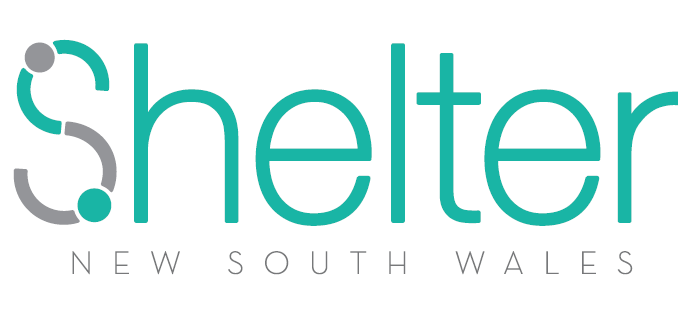Affordable housing is critical for the wellbeing of Australians and the productivity of the Australian economy. However, Australia is facing acute housing pressures and too many Australians do not have access to affordable housing.
– Housing Accord 2022
It was refreshing to see access to stable, secure and affordable housing positioned as a critical component of national well-being and productivity during the recent federal Budget. Likewise, the Productivity Commission’s parallel assessment of the depth and breadth of the problem.
For a detailed overview of the October 2022 Federal budget, you can read the National Shelter Federal Budget Analysis.
Highlights include the creation of:
- the Housing Accord: an agreement between the Commonwealth, state/territory governments, local government, as well as institutional investors and the construction sector to focus on the supply and affordability of housing. Essentially confirms already promised funding for 30,000 new social and affordable rental homes but with an additional Commonwealth commitment to a further 10,000 affordable (below market rent) homes and State/Territory commitment of up to 10,000 new homes.
- Housing Australia Future Fund (HAFF): a debt-funded, equity single tranche investment of $10billion – designed to generate returns and fund the 5-year housing commitments above, as well as $330 million for acute housing needs.
- Housing Australia: formerly known as the National Housing Finance and Investment Corporation (NHFIC). With an expanded remit it will deliver the Australian Government’s social and affordable housing programs.
- 10 Year National Housing and Homelessness Plan (from 2023) (noting that Shelter NSW made a submission to the Productivity Commission’s formal review of it in March 2022).
- National Housing Supply and Affordability Council: to support the government to develop housing supply and affordability policy through research and advice.
Other initiatives include:
- Regional First Home Buyers Guarantee Assisted home ownership schemes continue: supports people in regional locations to purchase their first home in that location with a minimum 5% deposit. 10,000 places per year to 30 June 2026.
- The Help to Buy shared equity ownership scheme: to assist up to 10,000 households each financial year purchase a home. The government will provide an equity contribution to a maximum of 40% of the purchase price of a new home, and a maximum of 30% of the purchase price for an existing home.
- Downsizing Incentive program: to incentivise older people to downsize their homes, by allowing people to make a one-off post-tax contribution to their superannuation of up to $300,000 per person from the proceeds of selling their home. It also reduces the minimum eligibility age from 60 to 55 years of age.
- Closing the Gap Housing Policy Partnership: a coordinated approach across Government to deliver against the National Agreement on Closing the Gap housing targets.
- Restoring Funding for Homelands: for housing and essential infrastructure in Northern Territory homelands, delivered through a new federal financial agreement with the Northern Territory Government.
- Various other specific purpose payments for housing and homelessness.
Since the budget, there has been quite a bit of focus on the Treasurer’s efforts to bring together key players. As noted in this article in The Guardian: “Relative to comparable countries, Australia has a low level of institutional investment in housing,” the accord reads. And “at the same time, we have the world’s third-largest pool of capital in our superannuation system, which is hungry for investments that will deliver stable returns over the long term for the benefit of members.”

We support efforts to bring parties together to potentially power a new and more effective affordable housing delivery model, but big questions remain about the ability of the construction sector to actually build 1 million homes. As noted by Professor Hal Pawson in The Conversation, about 985,000 new homes were built over the five years to March 2022, with the majority completed before 2018-19, with declining home completion rates since then (just 174,000 homes approx built in 2021-22).
And if you look at the various dates for these budget commitments, you will see them starting in 2023/24 and beyond. As our National Shelter CEO Emma Greenhalgh noted in this SMH article from late October, while the ‘wellbeing budget’, addresses the long-term problem, we know that there are people struggling now who also need immediate relief. Unfortunately, the budget did little to help with the immediate crisis.
